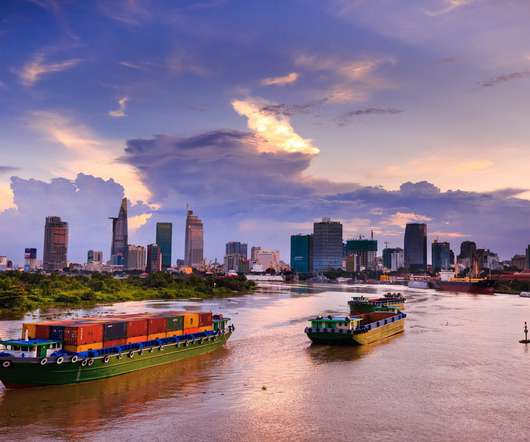Container ships to soon ‘sea’ low-carbon investments
Resilinc
JUNE 15, 2021
Container ships are the backbone of world trade. According to Statista, the world’s merchant container ship fleet grew from 11 million metric tons (mt) of deadweight tonnage (a measure of a vessel’s weight-carrying capacity) to 275 million mt in 2020—a 2500% increase.




















Let's personalize your content